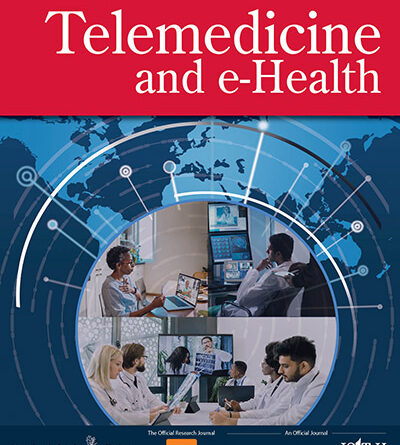Barriers to Telehealth Utilization Among Patients of Limited Income with Chronic Conditions and a Gap in Care
[ad_1]
Objective:This study assessed barriers and facilitators to telehealth utilization among patients living in New York City public housing with chronic conditions and a gap in clinical care.
Methods:Community health workers performed outreach to eligible patients by telephone between January and March 2021. Consenting respondents answered questions about telehealth barriers, including internet and cell phone access, ownership of digital devices, comfort with using digital devices, comfort with telehealth, cost, awareness, and availability of written materials in patients’ preferred language. We obtained demographic and medical information from patients’ electronic health records. We used multivariable logistic regression to estimate the association of barriers with the odds of self-reported prior telehealth utilization.
Results:A total of 304 consenting patients participated in the program. The average patient had 3.1 telehealth barriers; 76% reported at least one barrier. Regression analysis showed sizable reductions in prior telehealth utilization associated with the barriers of unlimited cell phone minutes (odds ratio [OR]: 0.21 [0.05–0.88], p = 0.033), technological comfort (OR: 0.33 [0.13–0.82], p = 0.016), conceptual comfort with telehealth (OR: 0.15 [0.04–0.54], p = 0.004), and materials in the patient’s preferred language (OR: 0.23 [0.07–0.79], p = 0.02).
Discussion:With a high prevalence of telehealth barriers, patients with limited income, a chronic condition, and a care gap may benefit from greater technological access and supportive programs for awareness, telehealth comfort, and navigation support. Addressing telehealth barriers could increase the quality of medical care and improve health outcomes for this population.
[ad_2]
Source link


